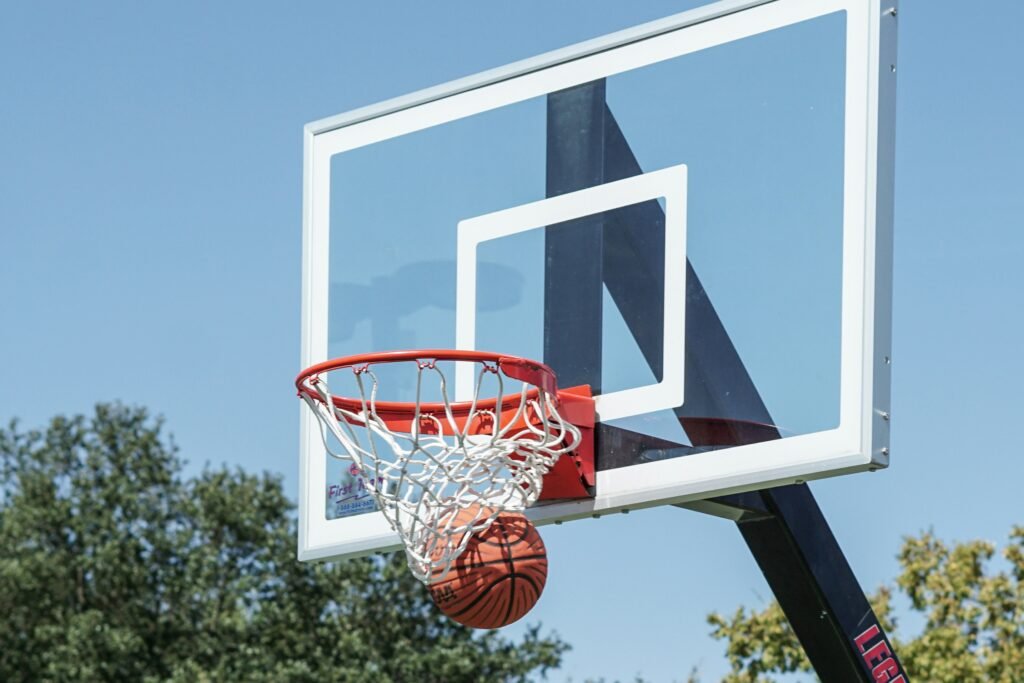In the fast-paced global of expert sports activities, the draft serves as a cornerstone for crew development. However, not every draft choice results in fulfillment on the field. This article delves into the myriad elements contributing to Unsuccessful Draft Picks, presenting a comprehensive evaluation to apprehend the complexities worried.
Introduction to Unsuccessful Draft Picks in Sports
Contents
- 1 Introduction to Unsuccessful Draft Picks in Sports
- 2 The Scouting Process in Unsuccessful Draft Picks in Sports
- 3 Pressure on Decision-Makers : Unsuccessful Draft Picks in Sports
- 4 Influence of External Factors
- 5 Injury Risks and Medical Evaluations
- 6 Psychological Factors in Player Performance
- 7 Historical Analysis of Unsuccessful Draft Picks in Sports Busts
- 8 Overemphasis on Physical Attributes
- 9 Team Dynamics and Fit
- 10 Learning from Mistakes
- 11 Globalization of Talent
- 12 Technological Advancements in Scouting
- 13 Case Studies of Notable Draft Busts
- 14 Future Trends in Drafting
- 15 Conclusion
Draft selections are the lifeblood of sports activities franchises, shaping the team’s future and figuring out its fulfillment. While successful picks can raise a crew to new heights, the turn side includes the risk of unsuccessful picks. In this evaluation, we explore the multifaceted nature of drafting screw-ups, aiming to shed mild light on the complicated web of factors influencing these consequences.

The Scouting Process in Unsuccessful Draft Picks in Sports
At the coronary heart of each draft choice lies the scouting method. Teams invest substantial assets in comparing skills, however commonplace mistakes in scouting can cause suboptimal selections. Incomplete statistics, biased opinions, and the challenge of predicting a player’s trajectory all contribute to the dangers related to the scouting manner.
Pressure on Decision-Makers : Unsuccessful Draft Picks in Sports
Team managers and scouts face severe scrutiny whilst making draft picks. The sensitive balance between immediate group desires and lengthy-term capability provides every other layer of complexity. The strain to supply outcomes in the short term can sometimes overshadow a participant’s lengthy-term development, leading to faulty decisions.
Influence of External Factors
External pressures, including monetary concerns and media/fan expectancies, can sway drafting selections. Budget constraints might also force groups to make compromises, impacting their ability to steady pinnacle expertise. Navigating the delicate dance between monetary realities and the pursuit of excellence is a venture for decision-makers.
Injury Risks and Medical Evaluations
The unpredictable nature of injuries poses an enormous venture in drafting. Despite advances in scientific reviews, predicting a player’s susceptibility to injuries stays elusive. Teams ought to grapple with the inherent dangers and uncertainties associated with a participant’s physical fitness.

Psychological Factors in Player Performance
Beyond bodily attributes, the mental make-up of a participant plays a pivotal function of their success. However, predicting psychological factors in draft prospects is inherently challenging. The mental durability and resilience required on the expert level are variables that add a layer of uncertainty to the drafting procedure.
Historical Analysis of Unsuccessful Draft Picks in Sports Busts
Examining historic instances of Unsuccessful Draft Picks, famous styles and tendencies. Whether it’s the overvaluation of sure positions or recurrent errors in talent evaluation, expertise beyond failures is important for stopping their recurrence. Learning from the missteps of the beyond can guide teams in the direction of greater informed decisions.
Overemphasis on Physical Attributes
The allure of athleticism in draft potentialities is simple. However, an overemphasis on physical prowess without due consideration for ability development can result in disappointing results. Striking the proper stability between athleticism and fundamental capabilities is key to averting drafting pitfalls.
Team Dynamics and Fit
A participant’s success isn’t always totally decided by using individual skills; their health in the team structure is similarly crucial. Predicting how a player will integrate into the team dynamic post-draft is hard, and overlooking this element can lead to mismatches that preclude both participant and team performance.
Learning from Mistakes
Acknowledging and studying from beyond mistakes is essential for increase. Teams that actively put in force modifications based totally on their drafting studies display resilience and flexibility. Continuous development in drafting procedures, together with modifications to scouting methodologies and choice-making standards, is paramount.
Globalization of Talent
The globalization of sports activities has elevated the pool of ability draft possibilities. However, comparing expertise from diverse backgrounds offers its very own set of demanding situations. International scouting calls for a nuanced method, considering cultural differences, gambling styles, and the precise journeys of players from around the world.

Technological Advancements in Scouting
In modern technology, information analytics and technology play a pivotal role in the scouting manner. While those pieces of equipment provide treasured insights, their obstacles and ability drawbacks have to be acknowledged. Striking the proper balance between traditional scouting strategies and technological improvements is important for informed selection-making.
Case Studies of Notable Draft Busts
To understand the intricacies of Unsuccessful Draft Picks, we delve into particular case studies. Examining high-profile instances presents a tangible context for the mentioned elements and gives treasured classes for each team and aspiring gamers.
Future Trends in Drafting
As sports evolve, so too do drafting techniques. Anticipating future traits in scouting and drafting is critical for staying ahead of the curve. From embracing technological improvements to refining evaluation criteria, groups ought to adapt to the converting panorama to maximize their drafting achievement.
Conclusion
In the world of sports, poor draft choices are a fact that are affected by several factors. Teams must make selection decisions while navigating a complex landscape that includes everything from scouting challenging scenarios to external influences and the unpredictability of mishaps. Sustained fulfillment depends on recognizing such complications and continually working to improve the drafting process.













“Fantastic!”